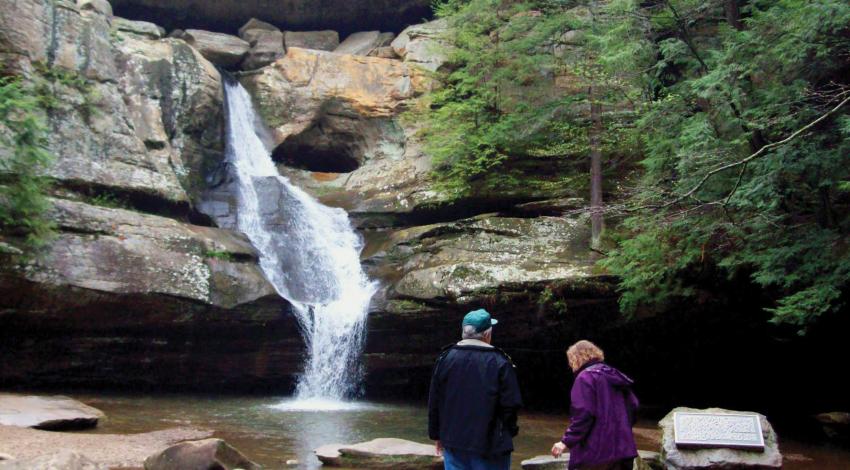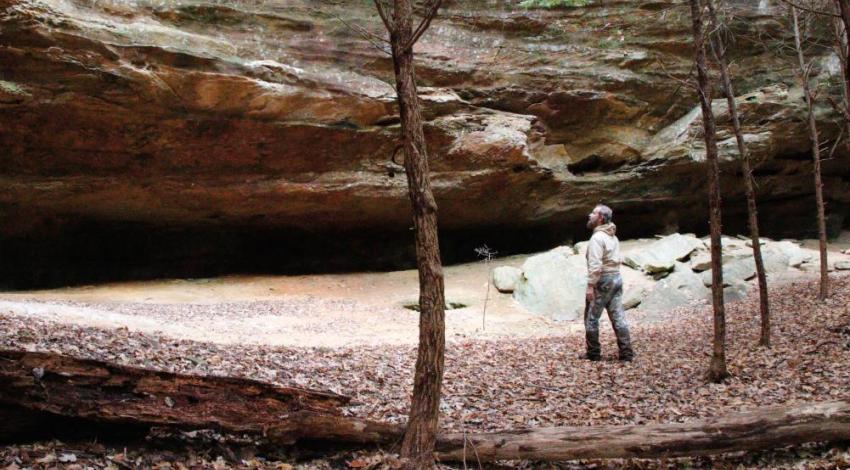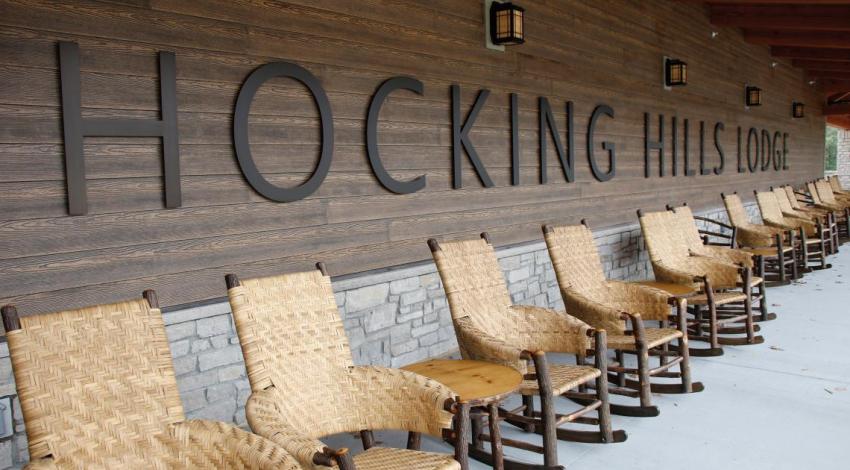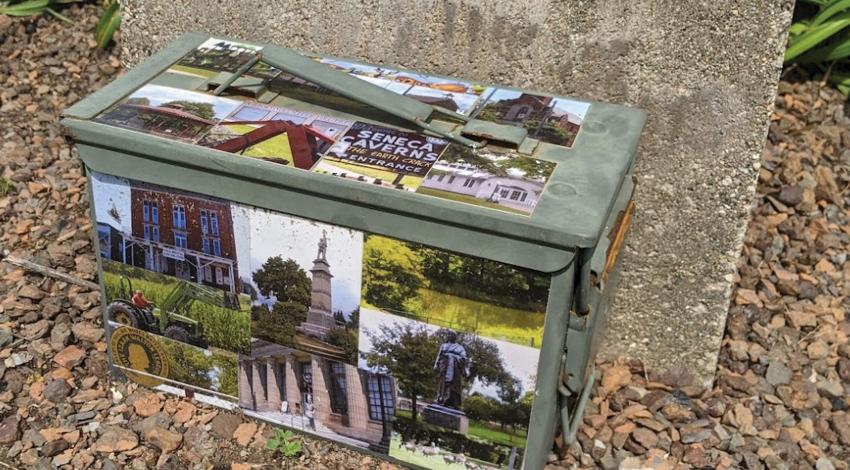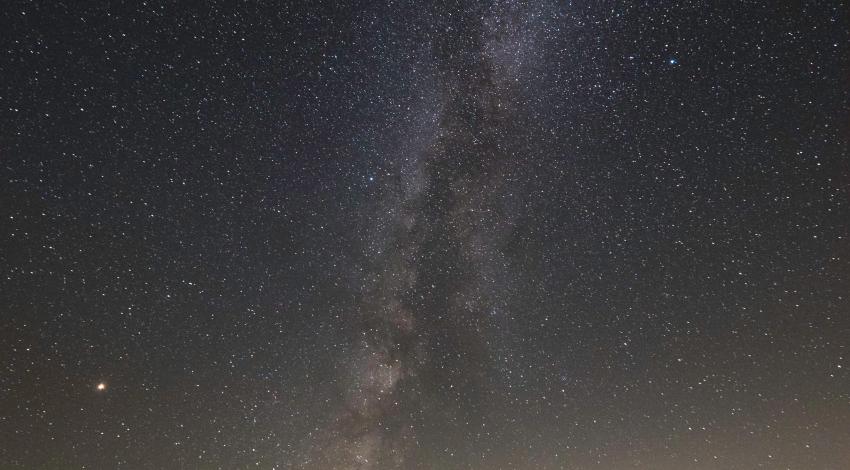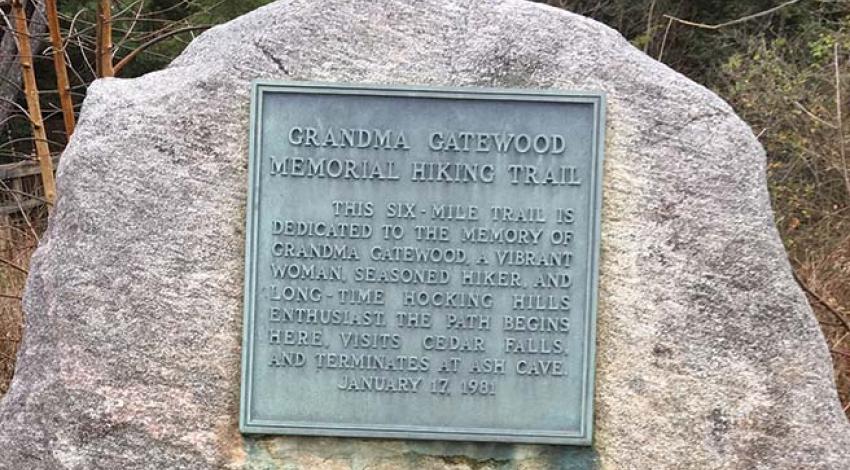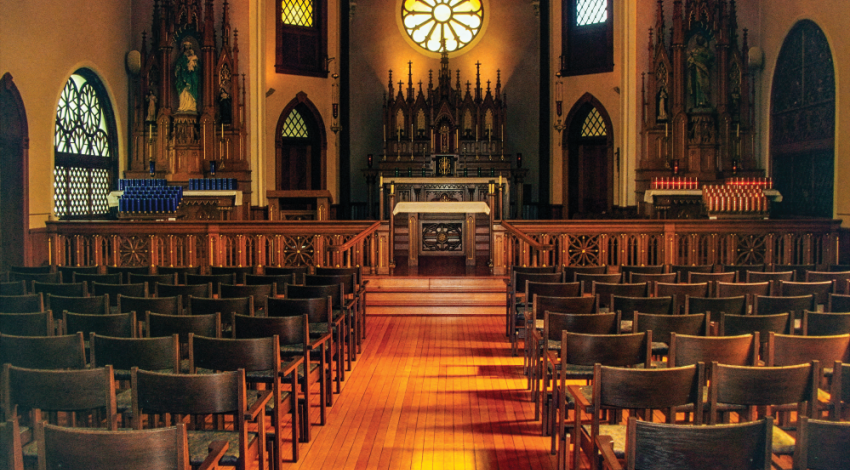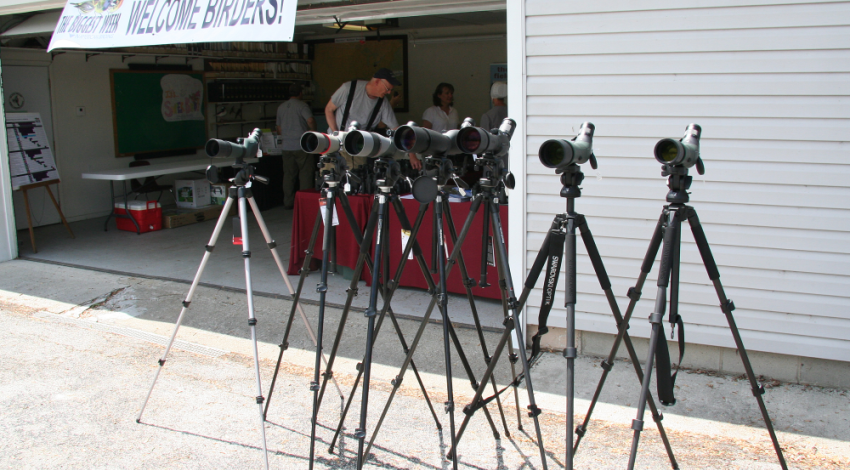Soon after Zac Loomis and his wife, Lauren, purchased the Inn & Spa at Cedar Falls in February 2019, he asked the chef to tweak the menu at its restaurant, Kindred Spirits, so that every dish would be tree-nut-free.
Flanked on three sides by Hocking Hills State Park, the inn was one of the first Hocking Hills venues to offer guests lodging as well as an on-site fine-dining experience. That not only played a key role in putting the region on the tourist map, but over the next three decades, the inn also grew from a modest, barnlike bed-and-breakfast that original owner Anne Castle founded in 1987 into what is arguably the Hocking Hills’ most iconic — and complete — destination.
